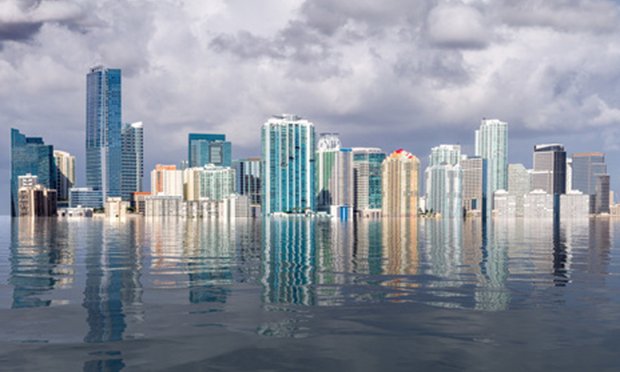 NASA Administrator Bill Nelson said in a release: "The combination of the moon's gravitational pull, rising sea levels and climate change will continue to exacerbate coastal flooding on our coastlines and across the world." (Credit: Steve Heap/Shutterstock.com)
NASA Administrator Bill Nelson said in a release: "The combination of the moon's gravitational pull, rising sea levels and climate change will continue to exacerbate coastal flooding on our coastlines and across the world." (Credit: Steve Heap/Shutterstock.com)
In recent years, cities along the U.S. coastline saw record-breaking high tide flooding, according to the National Oceanic and Atmospheric Administration (NOAA). During 2019, the southeast saw a threefold increase in flooding days. In the western Gulf Coast, the increase was greater than fivefold.
Recommended For You
Want to continue reading?
Become a Free PropertyCasualty360 Digital Reader
Your access to unlimited PropertyCasualty360 content isn’t changing.
Once you are an ALM digital member, you’ll receive:
- Breaking insurance news and analysis, on-site and via our newsletters and custom alerts
- Weekly Insurance Speak podcast featuring exclusive interviews with industry leaders
- Educational webcasts, white papers, and ebooks from industry thought leaders
- Critical converage of the employee benefits and financial advisory markets on our other ALM sites, BenefitsPRO and ThinkAdvisor
Already have an account? Sign In Now
© Touchpoint Markets, All Rights Reserved. Request academic re-use from www.copyright.com. All other uses, submit a request to [email protected]. For more inforrmation visit Asset & Logo Licensing.







